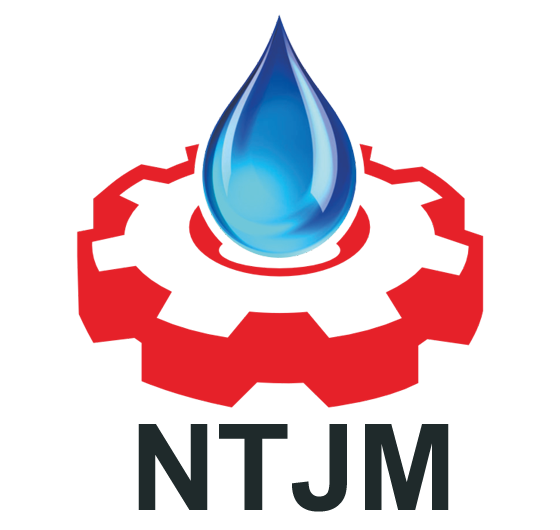Many kinds of making process
Different production technology and materials, it can provide customers with the best cost-effective products,Of course, stable and mature process is the guarantee of product quality
Company
Soldering process workshop for heat pipe heat sinks
High-power heat pipe heat sink production workshop can meet different product needs of customers, of course, the output is limited by the type of products, usually the business and customers to coordinate the delivery of products in advance.The heat sink of the heat pipe module, usually, the heat pipe is generally made of oxygen-free copper material of C102, which is mainly of high thermal conductivity, which can quickly take away the heat conduction, and the heat dissipation area is generally fin. The material is copper or aluminum 1100 material, but if the two are to be closely combined, the solder paste welding process must be used, which is determined by the characteristics of the metal. Generally speaking, solder paste is divided into high temperature solder paste and low temperature solder paste. Single-module radiators, such as laptop radiators, projector radiators, and LED module radiators, all use low-temperature solder paste for soldering. , the temperature is generally controlled at about 140-160 degrees, and has good thermal conductivity; however, high-power radiators, such as IGBT radiators, inverter radiators must be welded with high-temperature solder paste, and the temperature at this time is 180-230 The purpose is to make the heat sinkfin and the bottom plate have a strong pulling force, such as the IGBT heat sinkused in the power vehicle, which requires vibration test requirements. In general, we use a stable welding process, which can meet the welding of various radiators and ensure the reliability of the product.
The reflow oven is actually a large oven, but the temperature of each zone in the reflow oven can be adjusted individually, and the radiator bottom plate and the fin or heat pipe can be welded together through different temperature changes. The reflow soldering furnace relies on the hot air flow in the furnace to brush the solder paste, so that the solder paste is remelted into liquid tin, and the heat pipe and the radiator bottom plate are welded together, and then cooled by the reflow soldering furnace to form a solder joint connection.
The soldering in the reflow oven is divided into four functional processes. The heat dissipation base plate, the heat pipe and the fin are transported through the reflow oven guide rails respectively through the preheating area, the heat preservation area, the welding area and the cooling area of the reflow oven. A complete solder joint is formed after the action of these four temperature zones of the reflow oven.
